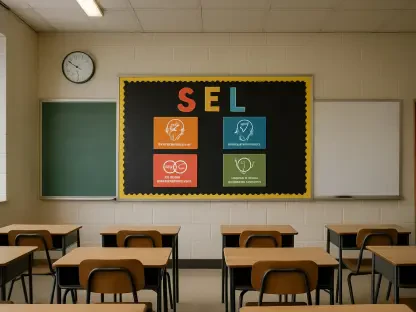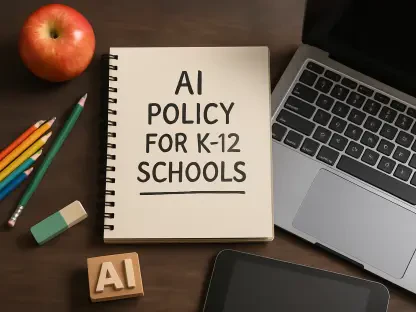In a significant development for educational funding, the Trump administration has recently chosen to partially restore specific federal funds for after-school and summer programs, which are an integral part of K-12 education. This decision comes after the U.S. Department of Education suspended a vast amount of federal funding, roughly $6.8 billion, citing a necessity to align educational priorities more closely with President Trump’s administration. Specifically, North Carolina was one of the states impacted, losing access to $165 million. However, after reconsideration, $35.8 million has been unlocked, benefiting programs that offer students opportunities for learning beyond standard school hours. Despite this positive movement, other essential funds remain frozen, heavily affecting teacher training and services for English language learners and migrant students. This selective funding approach has highlighted the administration’s focus on prioritizing specific educational initiatives while holding back resources for others deemed less aligned with current federal priorities.
Legal Battle and State Response
Central to the restoration of funds is the ongoing legal battle involving North Carolina’s Attorney General, who has joined forces with 24 other states in a concerted effort to release the educational funding that Congress had already appropriated. This alliance underscores the urgency and critical need for unblocking the funds to support a broad range of educational activities and necessities as the academic year continues. The fight is not just about access to funds but speaks volumes about the ongoing struggle between federal directives and state-level needs. Education advocates, like AASA, emphasize their crucial role in ensuring that the funds are utilized to bolster education, especially in disadvantaged districts. They stress the essential function these funds play in maintaining educational equity and the quality of education across diverse communities. The broader implication of this effort is the potential setting of a precedent for state rights in accessing federal funds intended for educational purposes without being caught in political crosshairs.
Advocacy and Community Engagement
Community concern has consistently played a pivotal role in shaping the administration’s decision to restore funding for after-school programs, reflecting the power of collective advocacy in policy shifts. Key community organizations, such as the United Way and Boys & Girls Clubs, have engaged in substantial outreach and lobbying efforts, making public the value of after-school programs in enriching students’ educational experiences. Their involvement emphasizes the critical need for accessible educational opportunities outside standard classroom settings, especially for students in need of additional academic support. The trend of community engagement in educational funding underscores an ongoing tension: balancing federal funding strategies with local educational necessities. Public advocacy has proven to be an influential tool in aligning funding with ground-level educational priorities. This ongoing discourse between different stakeholders reveals a complex tapestry of political, social, and educational interests, demonstrating the multifaceted challenges in adequately funding education initiatives. The engagement from community organizations reflects a broader societal recognition of the vital role these after-school programs play in not just education, but in holistic student development.
Future Considerations for Educational Funding
In a notable move concerning educational funding, the Trump administration has recently made the decision to partially reinstate federal funds for after-school and summer programs that are pivotal to K-12 education. Earlier, the U.S. Department of Education had paused a substantial $6.8 billion in federal funding, reasoning that educational priorities needed to be more closely aligned with President Trump’s focus. This decision notably impacted several states, including North Carolina, which faced a $165 million funding shortfall. However, after a review, $35.8 million has been released to support programs that extend learning opportunities beyond the regular school day. Despite this progress, many crucial funds remain inaccessible, adversely affecting teacher training and services for English language learners and migrant students. This approach of selective funding underscores the administration’s emphasis on promoting particular educational initiatives while withholding resources from others that are perceived as less in line with its federal goals.









